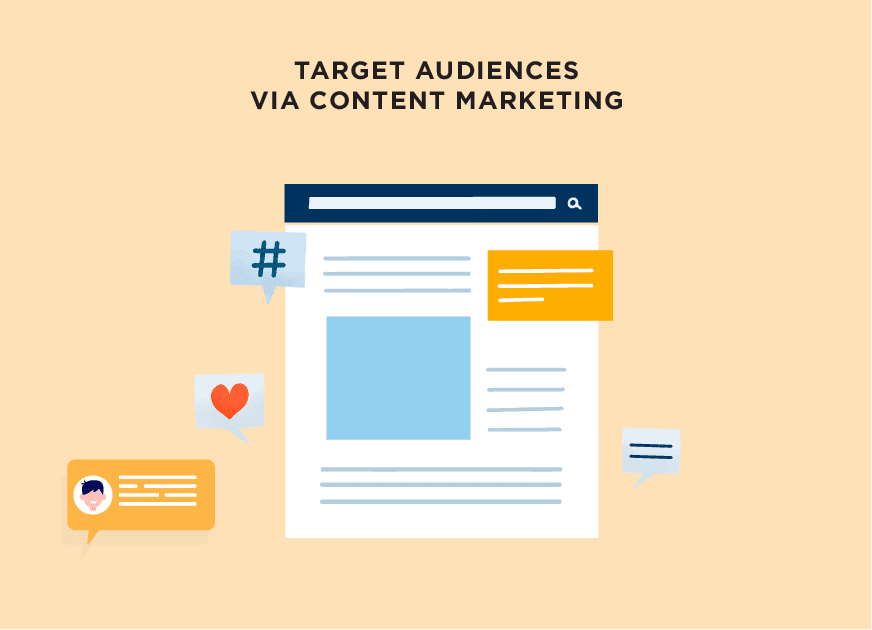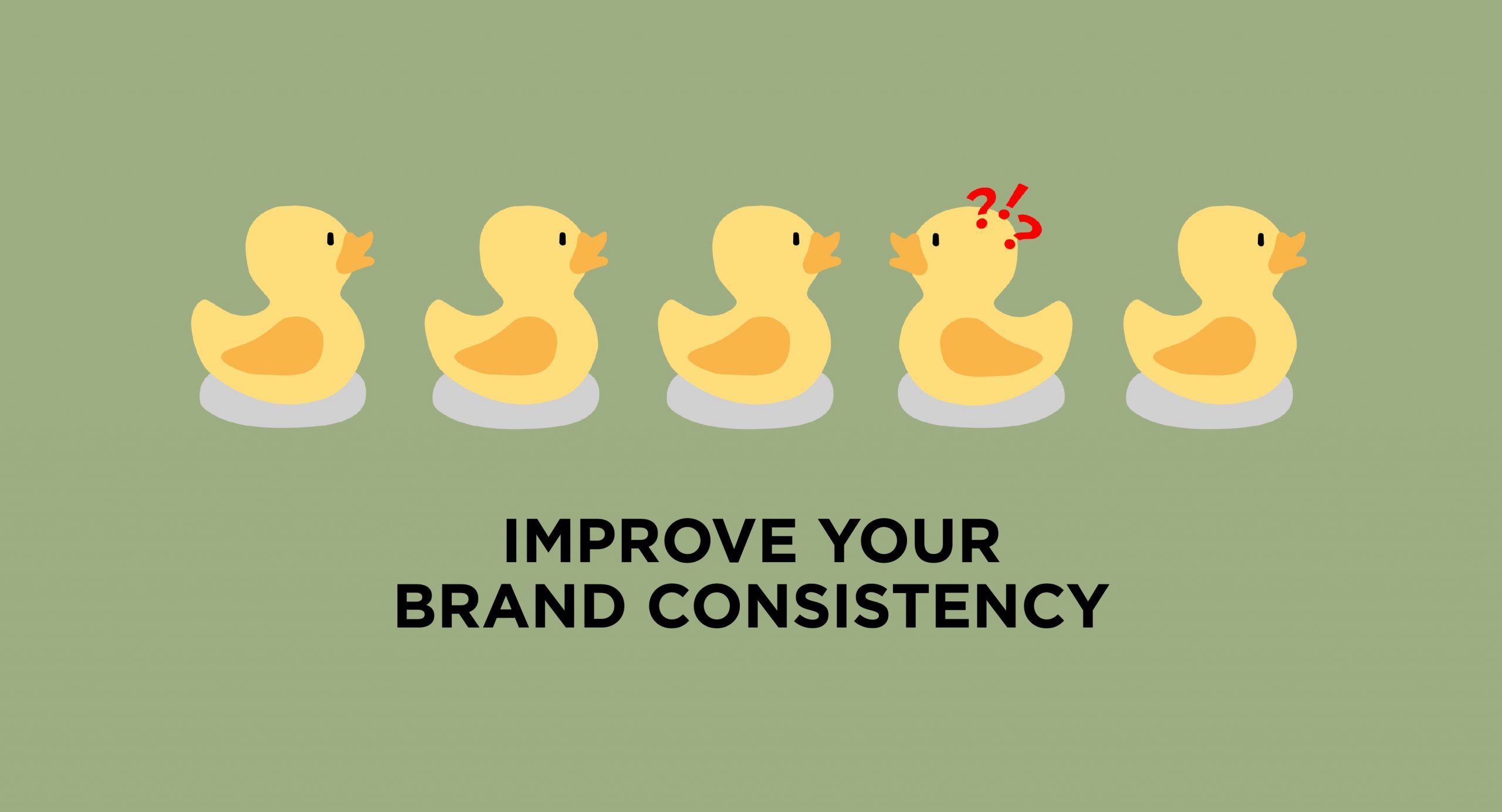BRANDING
12 Cost Effective Strategies to Expand your Brand’s Reach
Around 90% of Australians use the internet most days. This means having a website is something no company can do without. However, while having a website was once enough to attract customers, this is no longer the case. This is because most companies have one nowadays, crowding the market.
Instead, businesses that want to attract new, and retain existing, customers, need a much broader online presence. One that allows them to target their audience, expand their brand reach and broaden their market share.
All of this, however, comes at a price. A price some businesses, especially small and medium-sized enterprises or those just starting out, might struggle to afford. How, then, do they create a brand that people recognise and that resonates with them without breaking the bank? While it can be tricky, it’s not impossible.
Here, we look at some cost effective strategies that work for companies wanting to expand their brand’s reach.
What is brand reach?
Despite the importance, branding is an often-misunderstood part of digital marketing. One of the main reasons for this is that the results of building a brand aren’t always instant, unlike unique website visitors, for example, or click-throughs.
Done right, however, branding has a huge impact on a company’s success because it expands their reach and engages with their target customer.
Businesses also often mistake branding for creating a logo or a tagline. Yet a brand is so much more than that. It is the story their customer hears when they visit their website or see an online ad. It is the way they experience the company, whether that’s visiting a shop or showroom or calling the customer helpline. It’s the way they feel about the company, whether they are likely to stay loyal to it because they are emotionally invested.
Expanding brand reach, therefore, means developing each of these elements at the same time as ensuring they are consistent across the piece. This way, the customers know who they are buying from and what that company represents.
Finally, it’s important to remember that expanding brand reach can be a slow burn. It takes time for a business to build a brand and broaden its market. They shouldn’t, therefore, worry if they don’t see immediate results. Instead, they should look for steady growth, which will eventually reach a tipping point and give them the results they want.
When is brand reach a priority?
Brand reach should be a priority for any business that wants to broaden their market and reach new customers (as well as retaining the ones they have). It’s especially crucial for new businesses or ones looking to grow. It also matters for established businesses who find themselves at risk because of competitor growth, or new entrants to their market.
Brand reach is something businesses definitely need to consider as part of any marketing strategy or marketing campaign. Focusing on brand reach, for example, can help a business maximise its marketing budget while minimising their spending. This, in turn, helps ensure a positive return on investment (ROI).
Focusing on brand reach also helps with planning. Knowing just what their brand stands for and who they want to reach, for example, can help a business understand when and where to place advertisements. In addition, it can help ensure their message is clear and effective. This may include changing the language and tone of an advertising campaign to appeal to a new customer, for example, or reminding existing customers just why they buy from the brand.
Check your brand alignment and messaging
Ensuring their brand is ‘on message’ is vital for businesses wanting to expand their brand reach. This means advertising campaigns need to be consistent with the company’s brand image. It also means they need a consistent message across all platforms, whether this is a social media ad or a guest blog post.
Businesses need to remember, however, that their brand image needs to make sense to their customer. Branding works best when it feels real and honest. Businesses need to be careful, therefore, of trying to be all things to all people. If they do, their message is likely to be confusing and not have the desired effect.
The same is true of jumping on trends. Again, they only work if they work for the brand. Otherwise, customers will see them as unreliable or dishonest, willing to do anything to make a sale.
Establish yourself as a content authority
One of the most cost effective ways of establishing a brand and expanding its reach is through content. This doesn’t just mean posting the occasional message on Facebook or Twitter. It means coming up with engaging posts, videos, infographics and articles that people want to see.
The importance for content is that it can’t just advertise the brand, however.
People go to blogs, for example, to learn more about a subject. They watch videos to see how things work. They want to know more. Furthermore, they want to trust the information they’re being given. If they do, they are more likely to trust the brand. This is what becoming a content authority means.
It’s not just posting content; it’s posting content that people believe in. Once they do, they are more likely to seek out that business when they have a question or want advice.
Improve your PPC quality and relevance
Relying on blogs and videos to drive people to a website, however, isn’t enough. Businesses also need to use pay per click (PPC) advertising. This is probably one of the most traditional forms of online advertising. It is where businesses pay a site such as Google or Facebook each time a person clicks on an ad and visits their website.
PPC advertising can be incredibly effective when it comes to expanding brand reach. However, it only works if the ads are high-quality and reach their target audience. It’s important, therefore, for businesses to make sure their online advertising using the right keywords.
Businesses should also make use of the many tools search engines provide. For example, Google gives a quality score on their ads. This tells a business how likely the ad is to work using the keywords they’ve chosen. If they place an ad and it receives a low-quality score, a business will need to make changes. They shouldn’t just place the ad and hope for the best, as it is likely to need tweaking.
Collaborate with creatives, not just influencers
Social media has a huge part to play in brand reach. One of the ways businesses can use it is to place targeted ads on platforms such as Facebook.
Another is to work with influencers. Working with an influencer can be incredibly effective. But only if they make sense for the brand and the campaign. And only if what they post is engaging. This is why it’s better to work with creatives, not just influencers.
A creative will bring ideas to a campaign, a way of selling a brand they might not have thought of before or that is more likely to appeal to the target audience. This, in turn, will add a touch of originality to the post, making it seem more genuine. Many businesses will want to use celebrities as influencers because of their number of followers. This was a successful strategy in the past.
However, it is no longer always the case that it will work. Yes, they can reach a lot of people. But if the people they reach have no interest in the brand, it will not translate into sales. Which means a business could spend a lot of money for very little return.

Evaluate your SEO performance by keyword
SEO, or Search Engine Optimization, uses keywords to organically drive traffic to a website. Sites such as Google also use them to rank search results. Getting these keywords right, therefore, is vital when it comes to expanding brand reach.
One of the best ways to see if SEO keywords are working is for a company to carry out a keyword audit and rank keywords based on their SEO performance. They can then change out ones that aren’t performing.
Businesses should remember, however, that not all changes will work, so it’s important to keep checking SEO keyword performance until they’ve got it right. They will also need to do this when a search engine changes their algorithms, which they do fairly often.
Finally, it’s important that keywords reflect the pages people are taken too. Using keywords just to drive traffic won’t work. If anything, it will turn potential customers off as they will feel they’ve been cheated or tricked in some way.
Target like audiences via social media
Every brand has an audience. This can be quite large and quite generic – parents, for example, or working mothers. Alternatively, they can be quite niche and quite specific – people who go on holiday in a campervan, for example. A business needs to know its audience. Once it does, they can maximise the use of social media marketing.

Social media is one of the main reasons Australians use the internet, and platforms such as Facebook and Twitter are powerful tools for reaching a target audience. Both, for example, let a business target people who like similar companies to theirs. However, both can take time to get ‘just right’. It’s a good idea, therefore, for businesses to start small with paid advertising until they know what works.
Search re-targeting and remarketing
With online marketing, time and effort is needed to get things right. This is why, when a business does manage to attract a potential customer, they need to try to hold onto them. This is where re-targeting and remarketing comes in. Both have a similar aim, to increase customer numbers.
The main difference, however, is that re-targeting works to attract potential customers who have already shown an interest while remarketing is designed to keep existing customers. Another difference is that retargeting tends to focus more on online ads, whereas remarketing is also often done via email. For online advertising, retargeting and remarketing ads work the same way.
Businesses use platforms such as Facebook to get their ads in front of people who have visited their sites before in order to re-engage them.
Create your own affiliate network
While not all businesses are able to develop an affiliate network, those that can – retailers, for example – need to consider it. Affiliate networks are a great way to expand brand reach and broaden market share. They work by signing up partners to promote and sell their products.
Partners place ads on their site or promote products through their own websites or social media. They are then paid a commission for each sale. Because affiliates are only paid if a sale is made, it’s a low-risk and cost-effective form of marketing.
For an affiliate network to be truly successful, a business needs to pick their partners. This is normally done through an application process. Choosing the right partners matters in the same way it’s important to choose the right influencers. Businesses need to work with people that are connected to their brand and are more likely to reach their target audience.
Team up with like-minded brands
Forming partnerships with influencers and affiliates aren’t the only ways a business can reach their target audience. They can do this by teaming up with like-minded brands too. This can be as simple as writing a guest post for a blog that focuses on the products they sell (which has the added benefit of increase content authority).
However, it can also mean developing joint products or services. Or it can mean creating shared promotions.

Develop your brand’s storytelling
Brands will only succeed if they resonate with people. They can only do this if it has a clear, consistent, and compelling story. One that lets customers know what it stands for and where it’s going. A good brand story will be relatable, highlight core values, and build trust with customers.
Stories are especially important for newer companies, ones that aren’t well known and are trying to stand out and be seen. The good news is, once it’s been written, it’s easy to share through social media. This means businesses don’t need a huge marketing budget to get their story out there.
Related questions
What is a content marketing strategy?
A content marketing strategy is a key component of any plan to expand brand reach and broaden market share. It provides an overview of what a business wants to achieve and how they will do this. This includes the target audience, the type of content they will produce, how they will distribute it, and how they will measure success.
It also includes a content calendar, keywords and hashtags, and roles and responsibilities (so nothing is missed). Finally, it’s a good idea to include a section on competitor analysis. This way, businesses can ensure their campaign stands out from the crowd.
One of the most critical parts of a marketing strategy is probably the budget. A business needs to know how much it has to spend to achieve the results it wants. This will help direct the types of advertising they do.
If, for example, they have a small budget, using affiliates might be the way to go as they only have to pay for sales made.
If it’s a bit larger, they can include online advertising through social media or use an influencer. Having a budget and clear goals means that they can work out if the campaign was a success by measuring their ROI.

How do I evaluate my campaign’s ROI (Return on investment)?
As part of any marketing strategy, a company should set an ROI goal. This is the return they want to make on their marketing spend. This could be selling a certain number of a particular product. It could also be more complex than that.
If a campaign aims to expand brand reach, for example, then awareness amongst target audiences might be a goal. These are harder to measure but not impossible. To use them in calculating ROI, however, a monetary value will need to be attached to them.
This is because ROI is seen in terms of income and how much a business makes in return for its investment. In its simplest form, this investment is money spent through the marketing budget. However, other costs can be brought into play. For example, how much staff time was spent on developing the marketing strategy or placing online ads?
Once a business knows their costs, they deduct these from any profits made. This gives them the ROI.
If ROI meets the goal set in the marketing strategy, that’s excellent news. If it doesn’t, a business needs to re-evaluate. Was the original goal too high, for example, or did the marketing campaign not work as expected? Findings can be fed back into the strategy, and any future campaigns, improving the likelihood they will expand brand reach or broad their market share while staying in budget next time.














